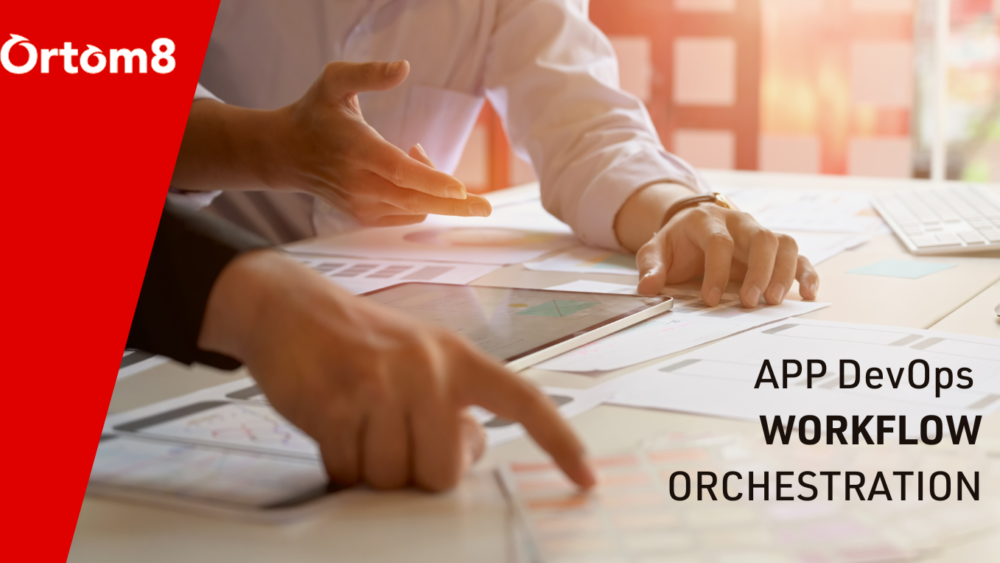Every business has really high expectations for 2023. They want to gain momentum and bounce back with more powerful and effective products/services – many of which will be sold, supported, managed and delivered differently than before the pandemic. This may only be possible through the provision of IT software solutions.
Lots of companies are now turning from a ‘keeping the lights on’ business approach, to asking themselves how they can start to develop new propositions and solutions for their customers.
The IT software industry is one of today’s most complex and competitive industries, due to the abundance of software solutions – this is largely because software tech is now so integrated in every aspect of business. Trying to predict trends can sometimes be like ‘throwing spaghetti at a wall and seeing what sticks’! However, there are a number of common themes across diverse industry sectors, software stacks and providers. These relate to how the software is developed, released and delivered to business users rather than the plethora of features that software developers are constantly chasing. These are:
Software Development Speed: Leveraging Agile in Continuous Integration and Continuous Delivery (more often called Agile CI/CD application delivery)
Agile continuous integration (CI) and continuous delivery (CD) covers a set of operating principles and practices that enable application development teams to deliver software solutions more frequently and reliably. At its core is the Agile methodology best practice, as it enables software development teams to focus on meeting business requirements, software quality and security because deployment steps are automated via workflow orchestration. The outcome is that your software is developed faster, especially if you embed workflow orchestration as a core capability of the DevOps teams. From a business perspective, you are converting software innovation into productized services, tapping early into revenue-generating opportunities.
Automating Application Software testing and release
How do you coordinate development, QA and production processes to eliminate manual processes such as provisioning and deployment? Likewise, when application testing is mentioned, all too often people think of the functions of the application, rather than how the application will work in a broader business environment and with potential usage workloads. For many DevOps teams, they will need to orchestrate the testing of application workloads consistently across multiple platforms and environments. With the development of agile and software dev and release schedules moving from weeks to days, teams need the automation of software release increments into production to reduce the manual effort of IT Ops teams – saving time, effort and resources.
Application Process Digitisation through Jobs-as-Code
With each year comes the need for many IT operations to accelerate application delivery and application quality in order to stay competitive. Application Process Digitisation means taking a different approach to how an application executes. We refer to it a “Jobs-as-Code”. It defines what to run, when to run it, how to identify success or failure, and what action needs to be taken. Some examples where Jobs-as-Code can have tangible benefits include warehouse stock management, supply chain optimisation, website e-commerce, finance reconciliation, customer billing and other business critical services.
Speed, efficiency and effectiveness of application development, deployment and adoption have never been more important as we progress through 2022.
At Ortom8, we are working with clients to help them identify areas where they can optimise, automate and leverage the latest capabilities in application automation, orchestration and digitisation.
We’re here to make things easier. Get in touch to find out more about the benefits that workflow orchestration in the cloud can bring to your business.
